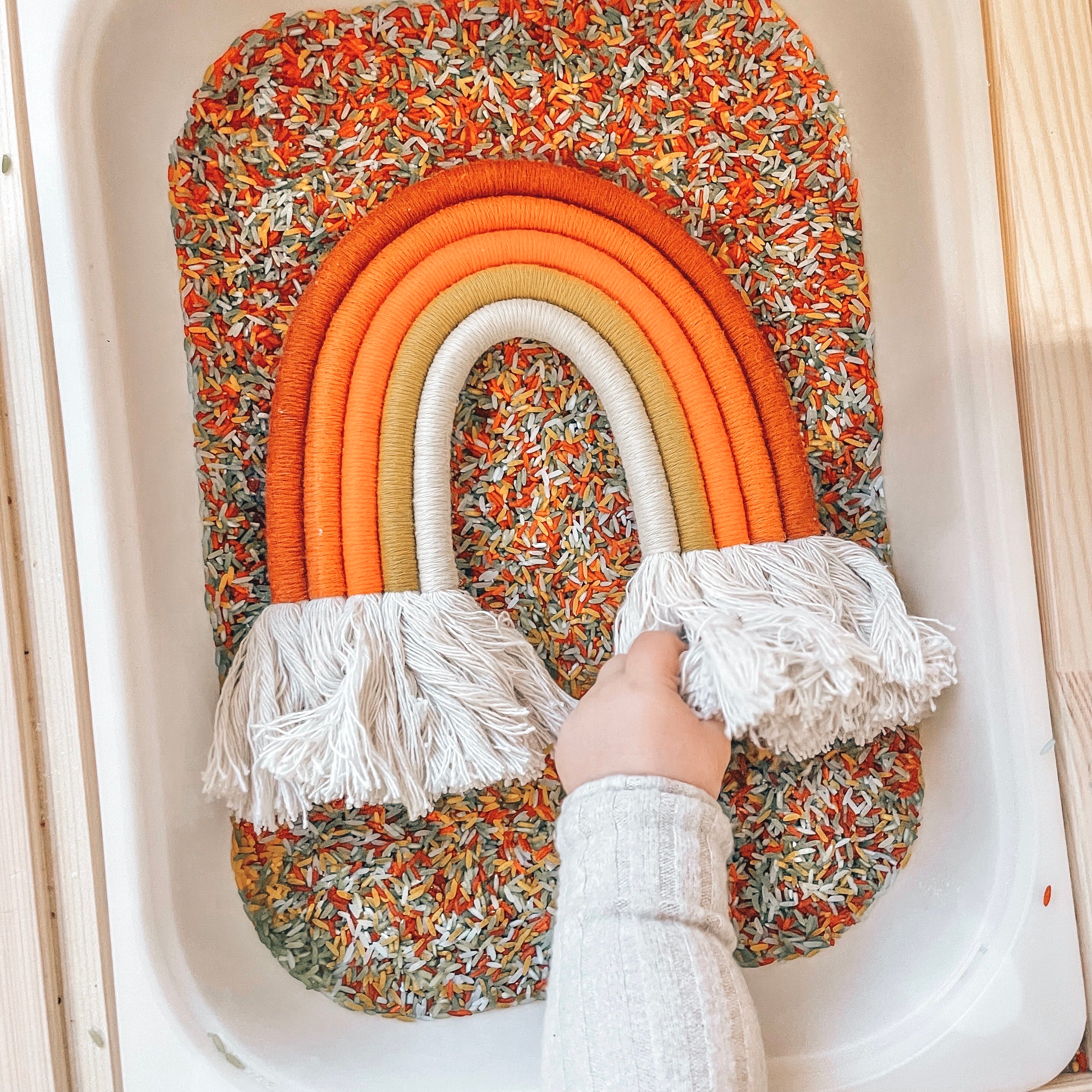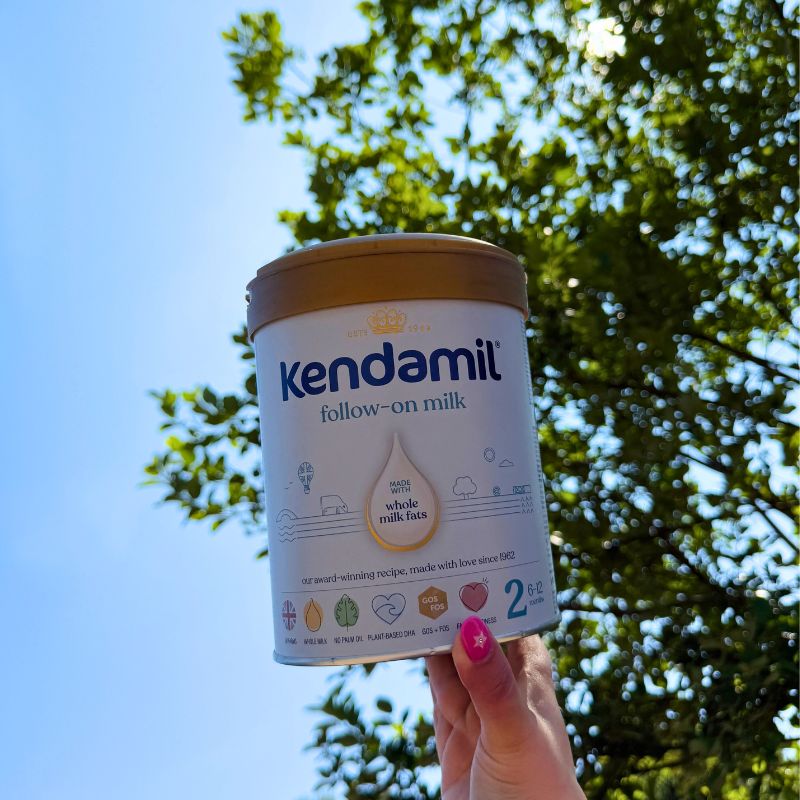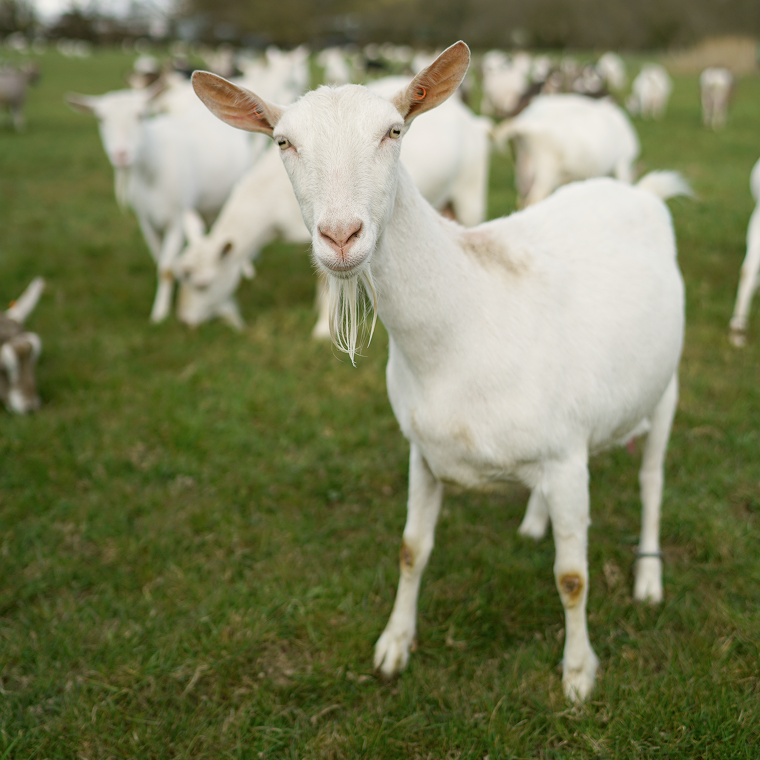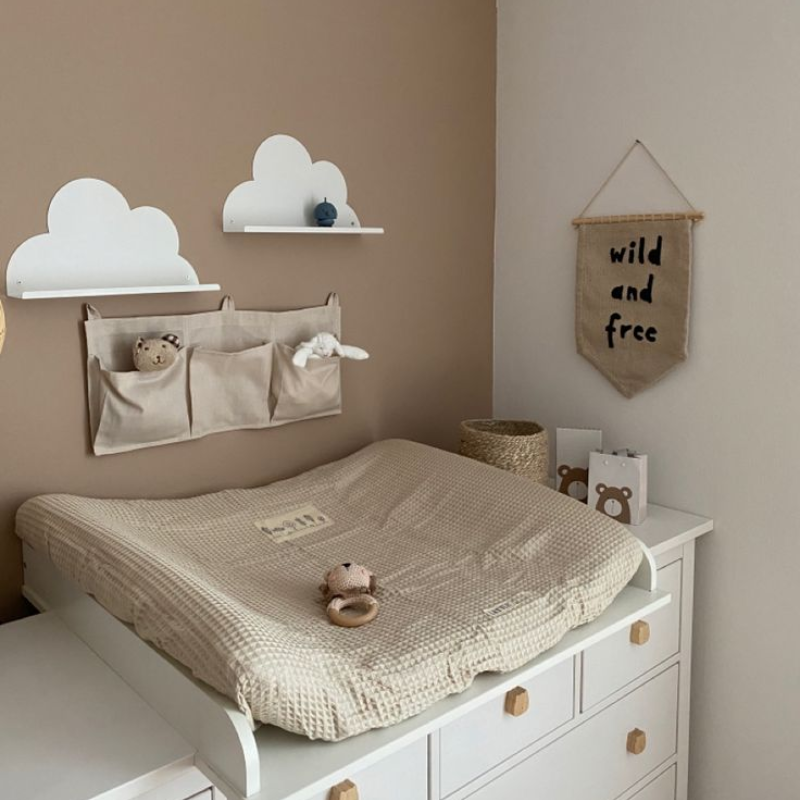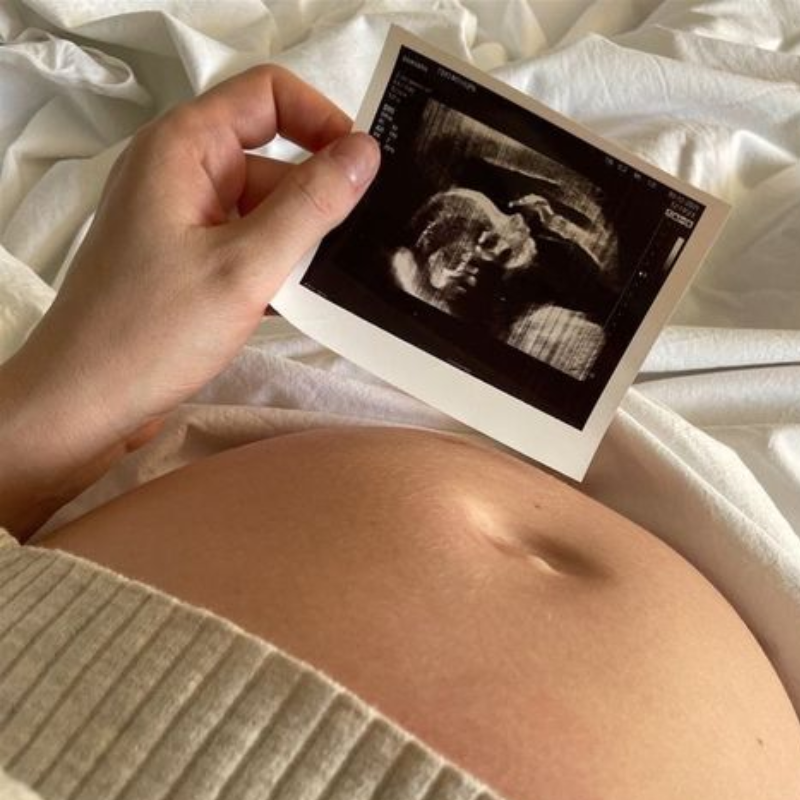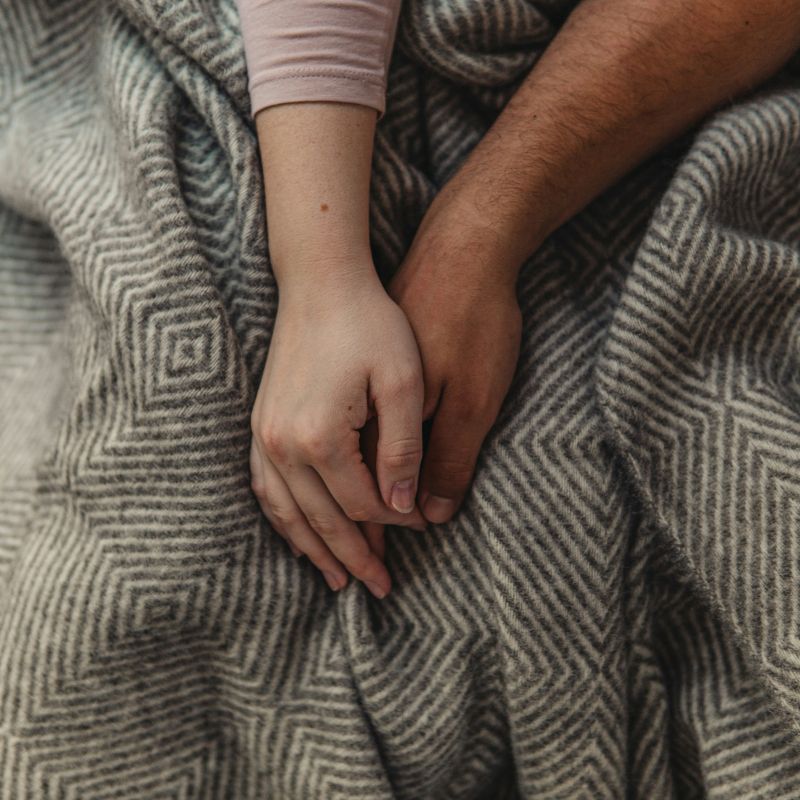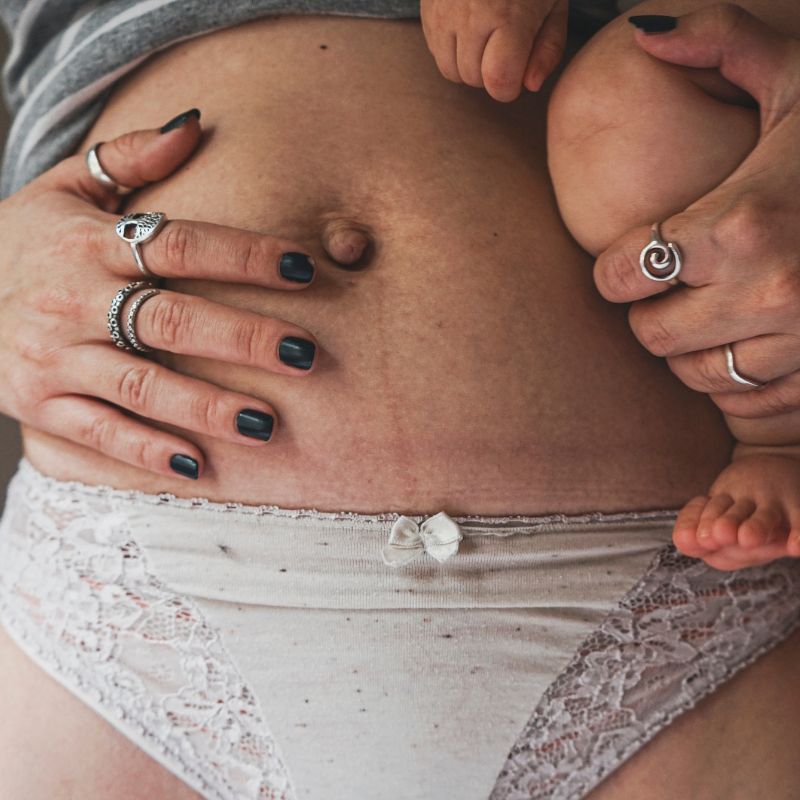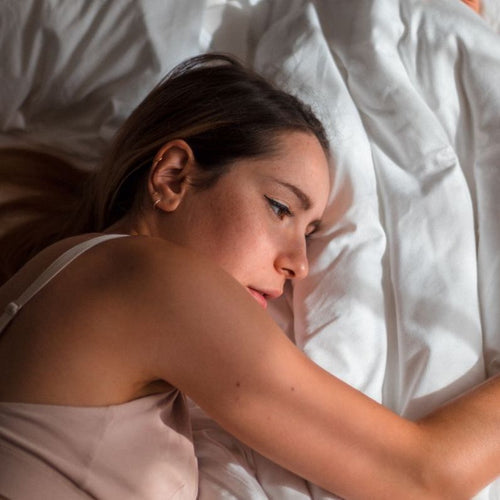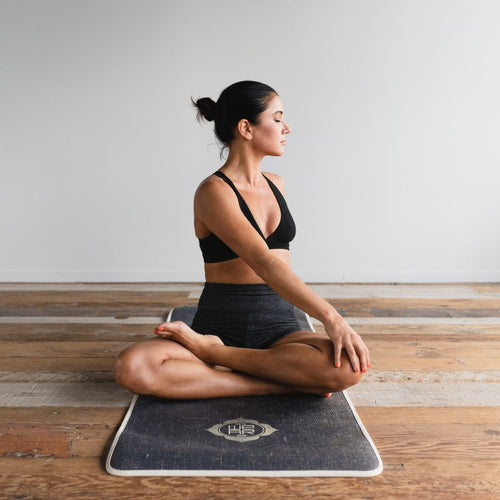Here at Kendamil, we’re all about playtime and toys. And we especially love making life a little easier for you! Because here’s the thing: toys don’t have to be complex and expensive. In fact, just using common household items can be a FANTASTIC way to stimulate, engage and entertain your little one for hours on end.
Ready to delve into the (surprisingly simple!) world of sensory household toys? Keep reading!!
✨ Why sensory items? ✨
Let’s establish why sensory toys are so important. In a nutshell, sensory toys (such as store-bought or household items) help to activate your little one’s orienting reflex. This is responsible for keeping human beings engaged during stimulation (through visual, tactile or auditory means).
Stimulating and engaging the orienting reflex, especially during your child’s early years, can significantly help in developing your child’s focus and concentration, keeping your little one perceptive and helping facilitate their learning and development. Simply put, sensory play can help them become habituated to the world around them.
Using our orienting reflex is like the opposite of a muscle that needs to be exercised. The more we expose ourselves to stimuli, the more our orienting reflex gets ‘used to’ being activated for long periods of time. We become experts at holding our concentration, which in turn, can strengthen focus and cognition.
🤔 What do sensory items look like? 🤔
🧽 Textured items! 🧽
We recommend anything soft, cushiony, and squidgy! Like cushions, toys and blankets!

Tactile play can encourage your little ones’ motor skills, all while helping them to experience the world around them.
Household examples: Quilts, soft cushions, furry carpets/rugs and even bed linens! Make sure you monitor your baby’s play with these items!
🎵 Sound-making items! 🎵
Got a piano or guitar in the house? Perfect!

But, really, ANY noise-making item can be useful in engaging your child’s attention (for bursts of time) while keeping them alert and focused.
Household examples: Aside from musical instruments, you can shake a container filled with pasta or beans to stimulate your baby’s sense of sound or switch on your radio, computer, phone or iPad to play music and more! Keep all these items out of your baby’s reach.
🏁 Patterned items! 🏁
Got any soft, patterned quilts, clothing or bedding? How about textured, soft baby clothes? Patterned items can be a PERFECT way to get your little one engaged and involved in the wonderful world of sensory development.

Anything with a pattern (a print or colour that repeats itself in a logical way) will help your baby begin to develop logical thinking and mathematical skills, well into their childhood.
Household examples: Clothes, fabrics, quilts and wallpaper designs! Keep your baby on your lap and point out all the colours and patterns around you. The TV can be a stimulating experience for pattern recognition, too!
🌈 Coloured items! 🌈
We love a pop of colour! Ball pits, colourful TV shows and a zany wallpaper print can be stimulating for your little one!

While it IS true that your young baby can’t see colours until they reach about 4-6 months (it can be earlier or later, depending on your baby!) exposing them to striking, monochrome colours as a newborn can help quicken their visual development and colour perception. Once they start to recognise colours, expose them to striking blues, pinks, yellows and oranges to help stimulate their creativity, imagination, visual pleasure AND perception.
Household examples: Anything with colour will do! From cushions to paintings to clothes! Just make sure you’re supervising your little one as you point out these new colours.
🏠 Household sensory items. 🏠
You might be wondering “what are the best household items for my baby to play with?”. We’ve got you covered!
🎶 0-3 months: all about the auditory. 🎶

Any musical instruments you have lying around will do perfectly! But if you aren't a musical maestro (like us!) a homemade rattle (such as a baby bottle, sealed FIRMLY, with pasta, rice or beans inside it) is the perfect household item to really engage your little one’s auditory senses. Make sure that you, the parent, shakes the makeshift rattle (gently!) next to your baby.
For some visual stimulation, make-shift mobiles work perfectly - done with a clothes hanger over your baby’s crib, with pictures or bits of colourful paper attached to the pegs. Keep out of your little one’s reach and ensure that the mobile is FULLY and SECURELY attached above your baby’s cot.
We recommend our ‘White Noise Playlist’; the perfect soothing lullaby to relax your baby, while also gently stimulating their ears. White noise helps accustom your newborn to their surroundings, sleep better and can help them to calm down with a consistent sonic environment.
🧶 4-6 months: try a little tactile-ness. 🧶

Your baby is probably becoming a lot more tactile by the time they hit the 4-month mark. Ease them into the wonderful world of touch by letting your baby touch different textured fabrics while you hold them. This could be any item of clothing, including scarves, which you can hold over your baby's head and let them reach up for the material (encouraging your little one’s motor development!).
Remember, any kind of play with scarves, blankets and textured clothing should be supervised - and make sure you’re holding the fabric the entire time while your baby explores its textures!
We recommend our ‘Best toys for babies, 0-6 months old’ which covers all you need to know about your little one’s play development, up until the 6-month mark!
💃🏽 7-9 months: make some moves. 💃🏽

By this point, we recommend you encourage your little one’s mobility and movement. You can do this by lying your little one down and stimulating their motor movement by helping them roll or kick. We also recommend encourage your little one, by example, to move an object from one hand to another (something safe like a BIG scrunchie or a small, soft book - and remember, keep monitoring the whole time so your baby doesn’t chew on anything they shouldn’t!).
We also recommend keeping colourful rugs, cushions and paintings around your home. Point out those colours when you’re little one is on your lap and see if you can engage their attention span - if even for a few moments. It also might be useful to use TV programmes or movies to point out these stimulating colours and animation.
We recommend our ‘Best toys for babies 6-12 months old’ which covers all you need to know about your little one’s play development during this time!
💬 10-12 months: time for talking. 💬

As your little one gets closer and closer to their toddler stage, try encouraging them with talking. Explain everything you’re doing, all your actions and use household items to facilitate your explanations! Use your hands to gesture so your little one understands you a whole lot quicker!
Whether you’re stimulating your little one’s motor skills by having them climb over an obstacle course of cushions and rugs (keep that obstacle course low and monitor closely to prevent any hazards) or encouraging your baby to slap two big, SOFT slippers together to strengthen their sound perception, keep talking! Engage your baby with words, random noises and ALWAYS exaggerate and emote as you speak!
This is a crucial time for you to remain engaged and alert as your soon-to-be toddler is probably watching your actions, movements and will be mimicking your speech soon enough - if not already!
We recommend our ‘How to help toddlers learn new words’ blog to get you started on your baby’s speaking journey!
🌈 An example you ask? Our very own toddler sensory tray! 🌈
Here's an example of a FABULOUS sensory activity for your toddler to try!! We love it 'cause it's colourful, tactile, and (provided your toddler doesn't get a case of the sticky hands!) quite aesthetically pleasing. 🤩 🌈
(Please be mindful that this activity is only suitable for for children 12 months and older. Due to the small size of the rice grains in this activity, we thoroughly advise you supervise your child at all times. Lastly, please avoid this activity if your toddler has a proclivity for putting objects in their mouth.)
🔑🌟 Imagination is key; so is safety! 🔑🌟
Sometimes, it’s the items we have at home which can be super helpful in assisting your little one in reaching their developmental milestones - and keeping them entertained and occupied for hours on end! For more info on the particulars on using your imagination to facilitate your little one’s growth check out our blog on the ‘6 stages of play development!’.
However, please note to ALWAYS supervise your child when they’re playing with household items. Never use ANY sharp, dangerous objects and under no circumstance should you use any item with a choking hazard. Alongside your own discretion, please refer to these blogs for safety advice beforehand:
- Our ‘Toy safety tips’ blog
- NHS ‘Baby and toddler safety’ guidance.
- NHS ‘Keeping your baby safe at home’ guidance.
✨ Need some parenting support? Our Customer Support Team are fellow mums and dads.✨
Our customer support team of fellow mums and dads have helped thousands of parents. We’re here for you.
For more ‘helpful guide’ blogs for your baby, under 12 months, check out the following from us!
Source: https://pathways.org/activities-for-baby-using-everyday-household-items/






